Understandable Artificial Intelligence

A.I. In Action:
A Tax Sensitivity Example
Sample Investment Goals

©2018 Economic Data Sciences
For this example we use the following assumptions and goals:
-
Mixed allocation of U.K. reporting funds
- Mutual funds, UCIT, ETFs 5%
- Lower tax drag vs. average Mixed Allocation Fund
- Improve expected return and lower standard deviation
- Income and growth are equally important
Examine The Universe: Risk/Return
Our A.I. evaluated a universe of 2,743 funds

©2018 Economic Data Sciences
-
We highlight the Risk/Return trade-off with a focus on Mixed Allocation
- The average Mixed Allocation fund expects a 6.1% return with 13.8% SD
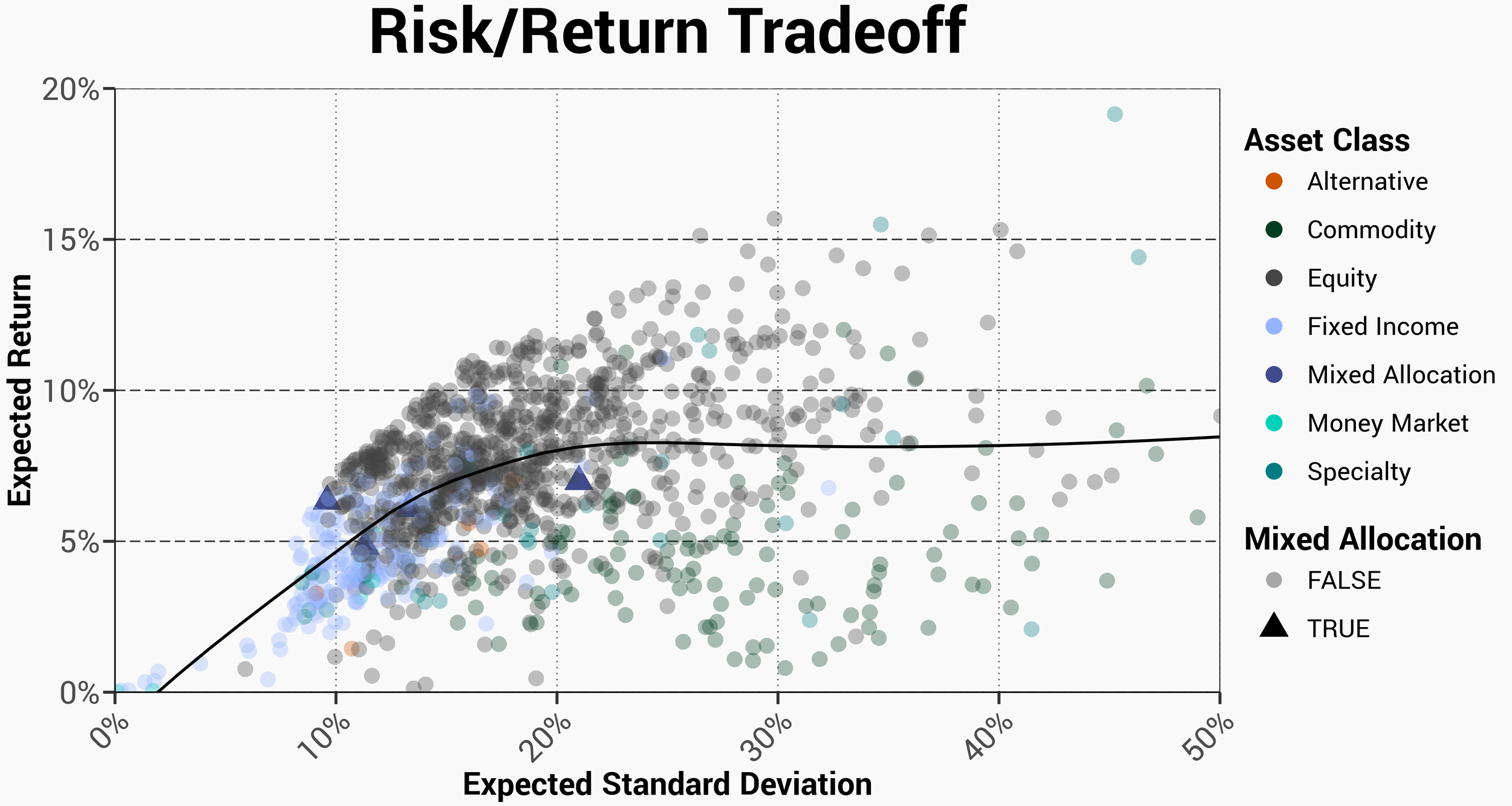
Dividend/Growth

©2018 Economic Data Sciences
-
There is a negative relationship between income and growth
- The average Mixed Allocation fund has a slight value tilt and ~1% dividend
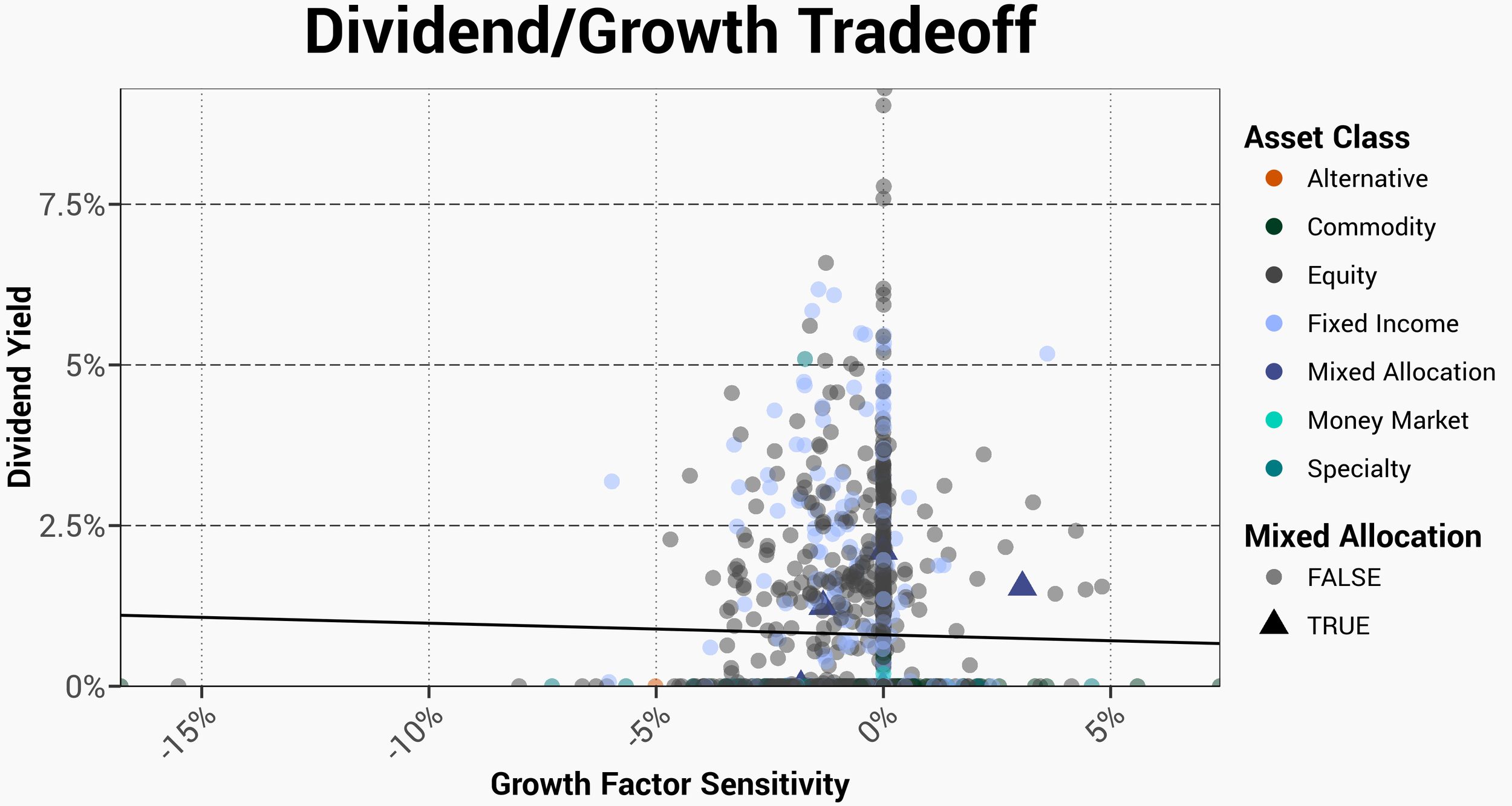
Tax/Offshore Bond

©2018 Economic Data Sciences
-
There is a strong relationship between yield from offshore bonds and tax
- The average Mixed Allocation fund enjoys a benefit of only 25bps from offshore bonds and a tax drag of close to 1%
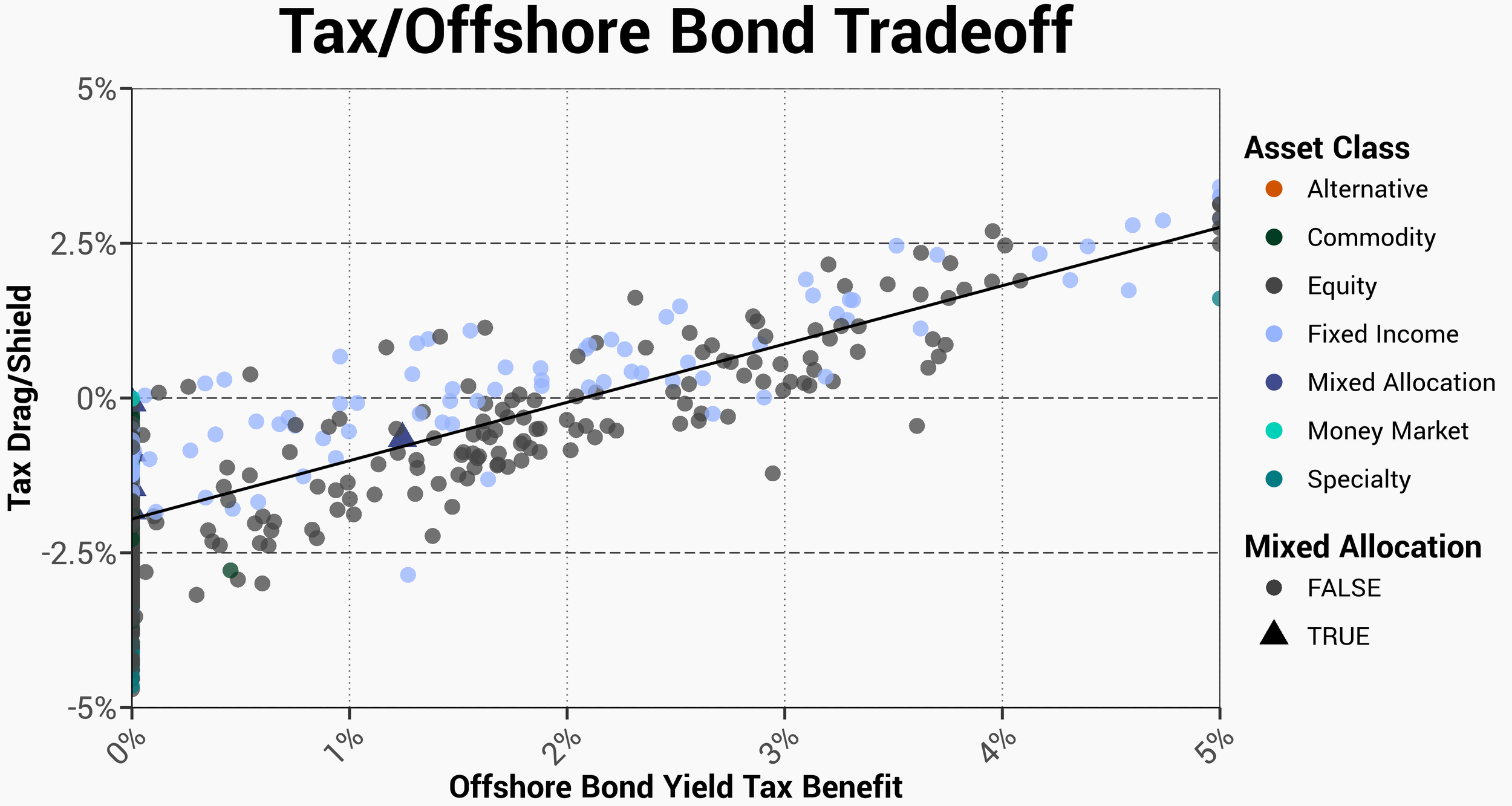
Base Case Results Overview
We focus on 12 metrics in our base case

©2018 Economic Data Sciences
- EDS base portfolio easily outperforms
-
Metrics of interest
- Each of these metrics is likely to be an important trade-off
- We will highlight each and show how different preferences can be implemented
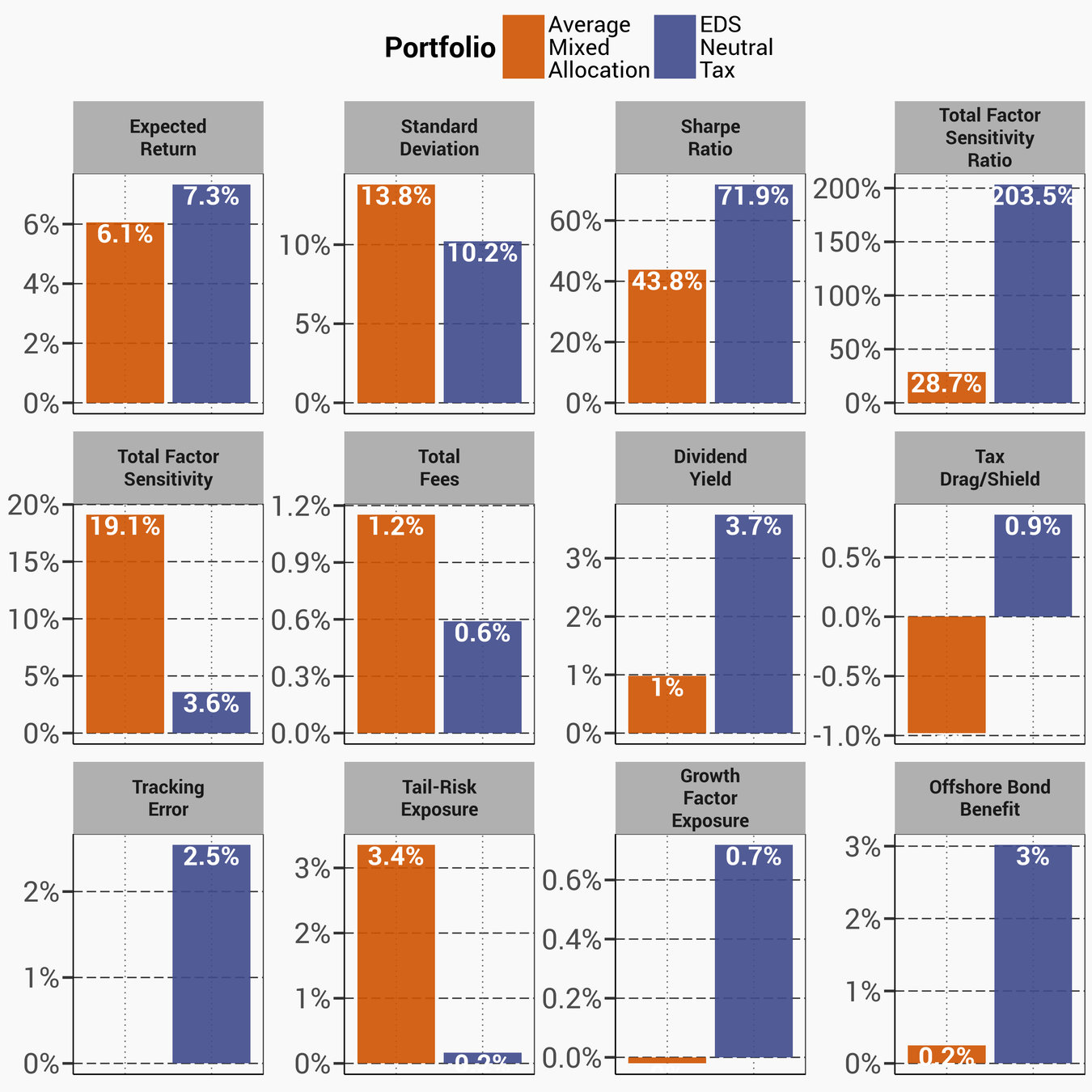
Results Review by Fund
We can break down portfolio decisions by any metric/group

©2018 Economic Data Sciences
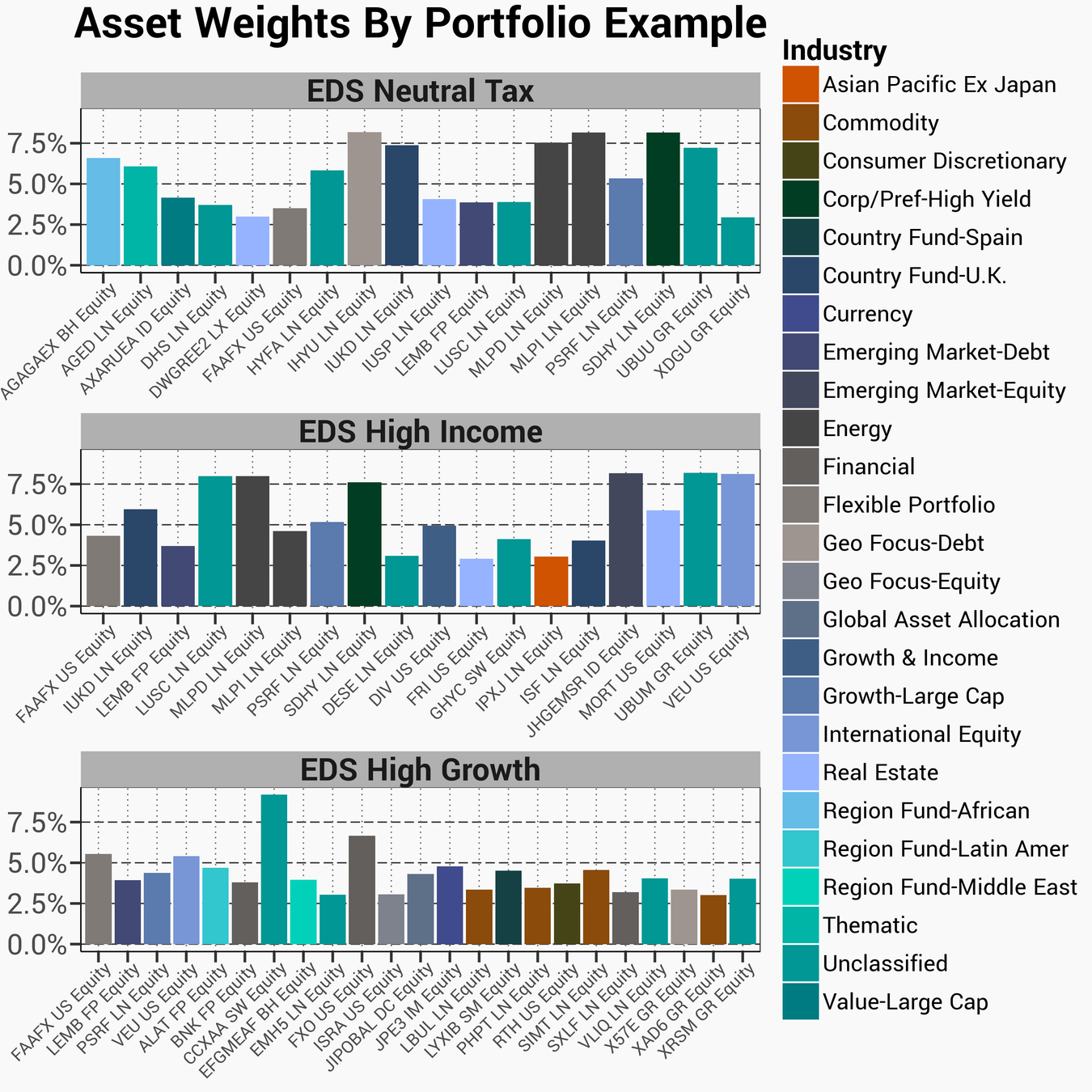
Results Review by Sector

©2018 Economic Data Sciences
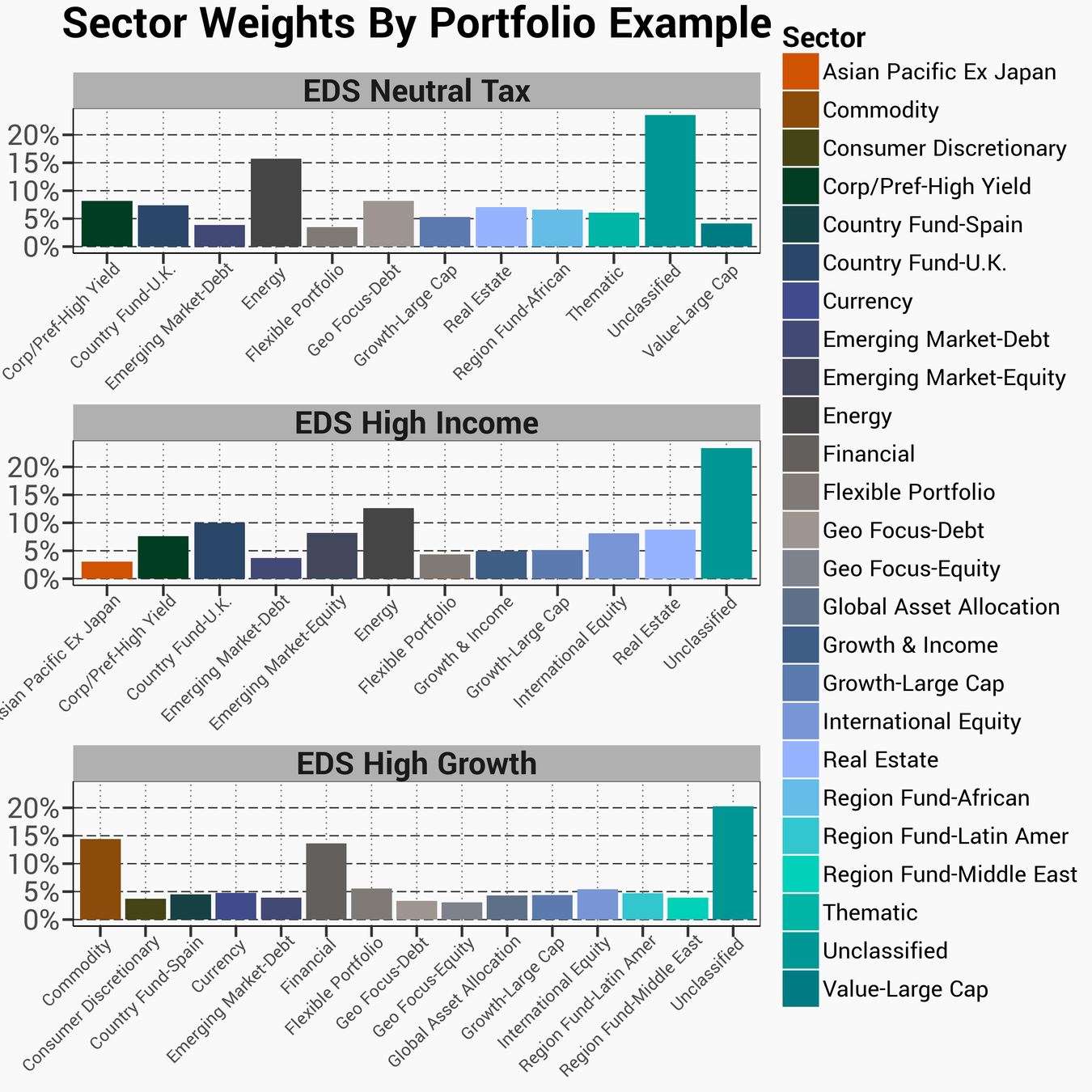
Get In Touch

©2018 Economic Data Sciences
See A.I. In More examples
- Sustainable Investing (ESG)
- Big Data Simulations And Forecasts
- Factor Tracking Error Management
info@economicdatasciences.com
Appendix
Additional Details:
Explore Trade-offs
Using our example goals we have set out a neutral 'base' portfolio
We compare that to the average mixed allocation fund

©2018 Economic Data Sciences
-
Detailed and flexible inputs
- The inputs are a result of our machine learning process
- Can flexibly include any inputs you prefer
-
Traditional foundations: Return and Standard Deviation
- Return needs and risk tolerances will be specific to the investor
- In this example, we have improved both metrics and so will use these preferences going forward
-
Our first trade-off: The Sharpe Ratio
- This is a traditional metric which measures how much return expectation the investor gets per unit of uncertainty they accept
- This type of trade-off process is the same intuition we use across all metrics
Foundations To Frontiers
Building on traditional foundations we use the same trade-off methodology across all investor preferences to 'get the most' from each

©2018 Economic Data Sciences
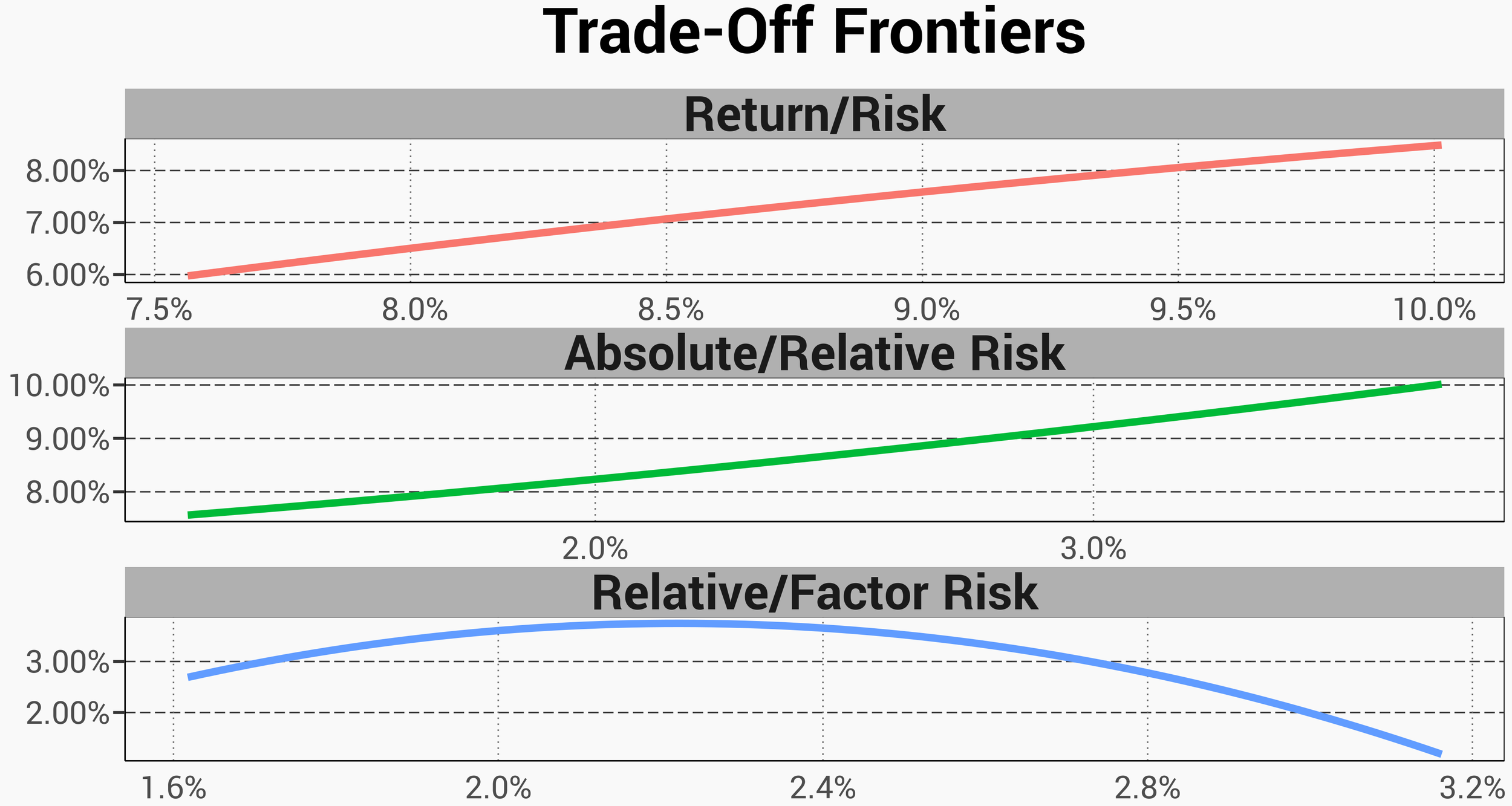
Mapping Example: Tax Drag

©2018 Economic Data Sciences
-
Offshore Bonds
- 5% of the original investment can be taken without tax implications
-
Capital Gains vs. Investment Income
- Which type is more efficient will heavily depend on circumstance
- For this example, we assume both income and capital growth are priorities
-
Importance of turnover
- Turnover causes gains to be realised and taxable
- High turnover and some vehicles (mutual funds) can lead to unexpected gains
-
Tax loss harvesting
- When investments realise losses, they can be used to offset gains
- This is a valuable tax efficient strategy
- Tax loss harvesting can be carried out through a separately managed account (SMA) or within your own investment strategy
Additional Variations:
High Income and High Growth
High Income Preference
Exploring trade-offs allows us to express individual preferences

©2018 Economic Data Sciences
-
A High Income Preference
- We can customize preferences to meet client needs
-
Find the most efficient 'costs' to gain income
- In this example we gain 1.2% in dividend yield
- The 'costs' we incurred to achieve these are the mathematically defined minimum
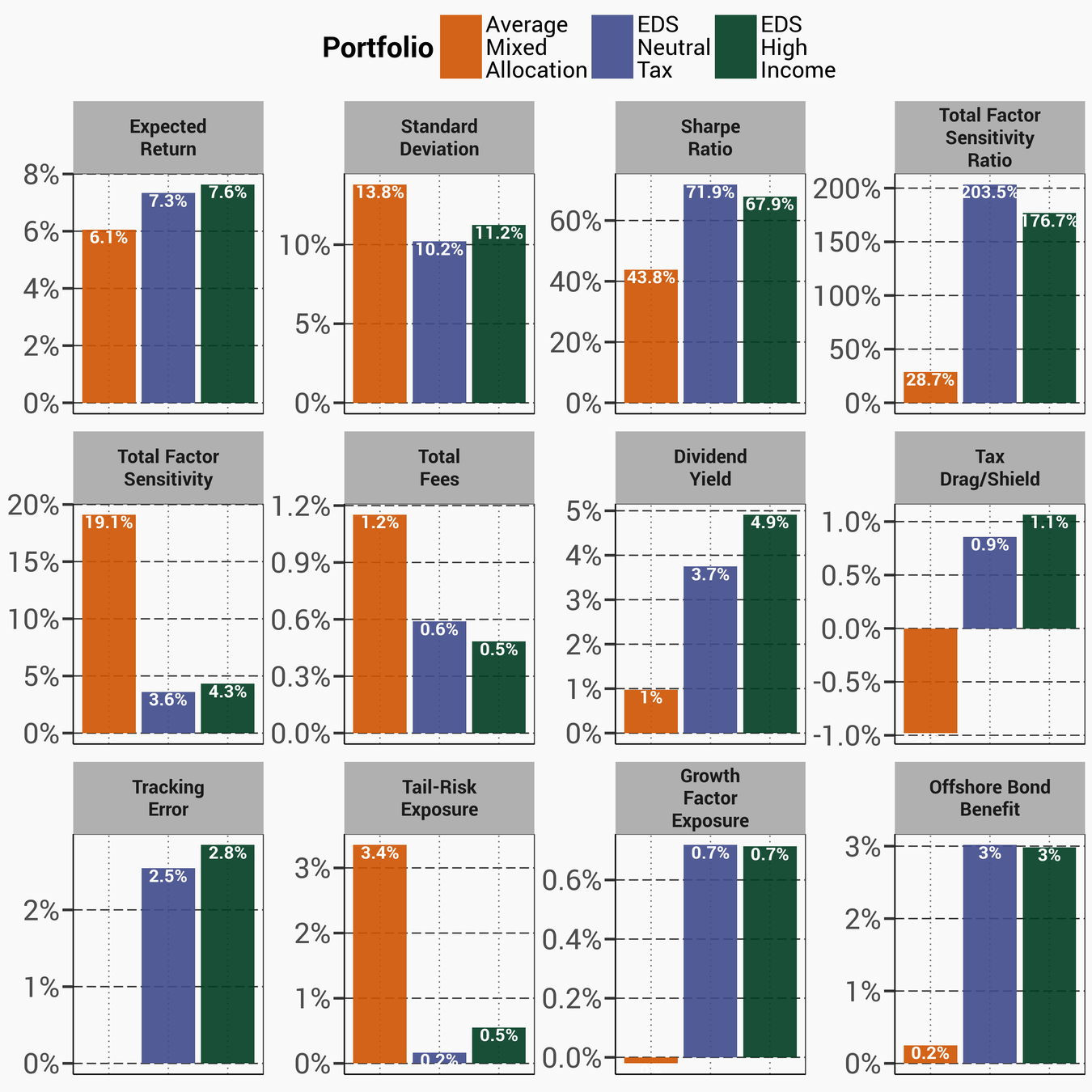
High Growth Preference

©2018 Economic Data Sciences
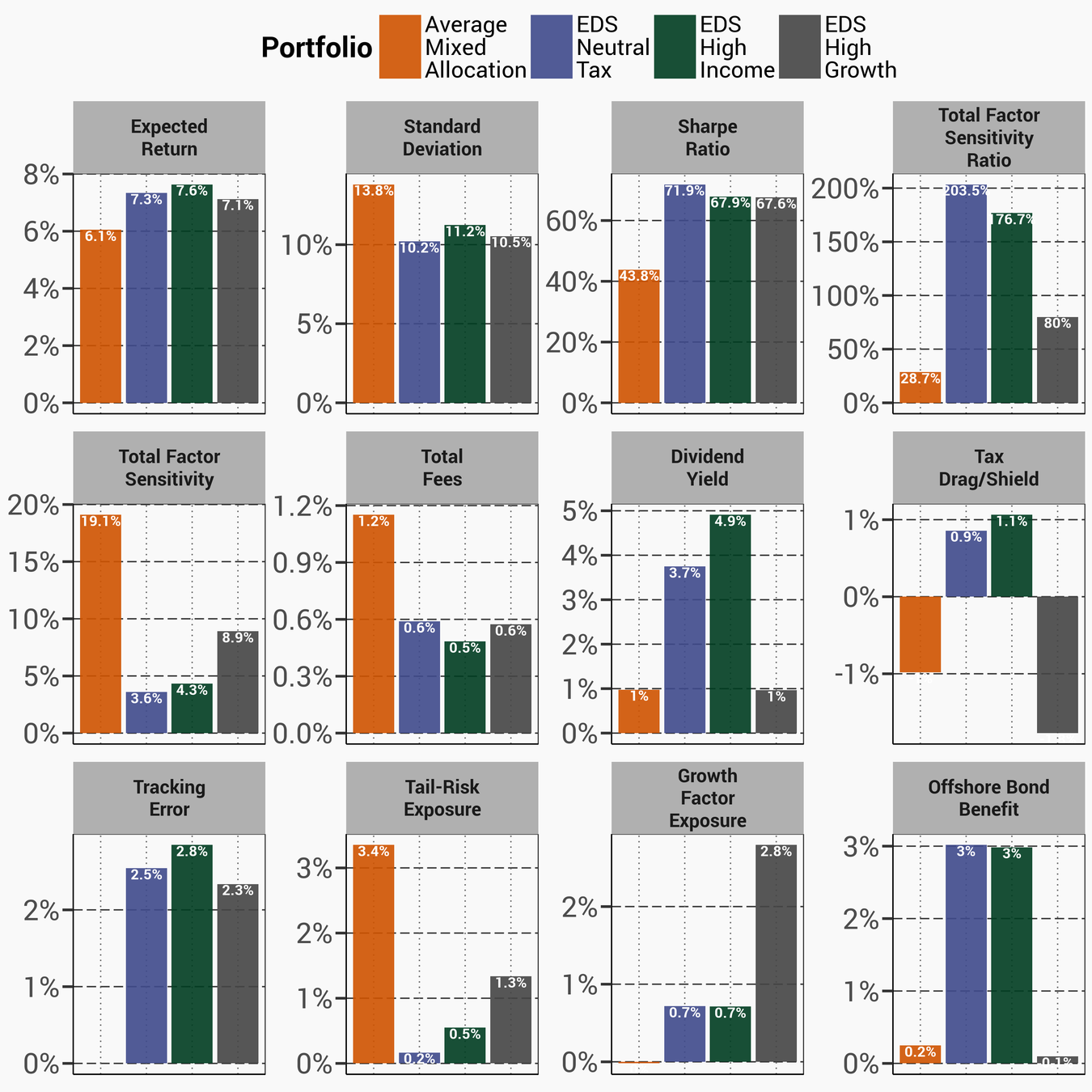
It is possible to express any type of preference among these 12, or any other combination that you desire
Overviewing Risk Metrics:
Risks Breakdown

©2018 Economic Data Sciences
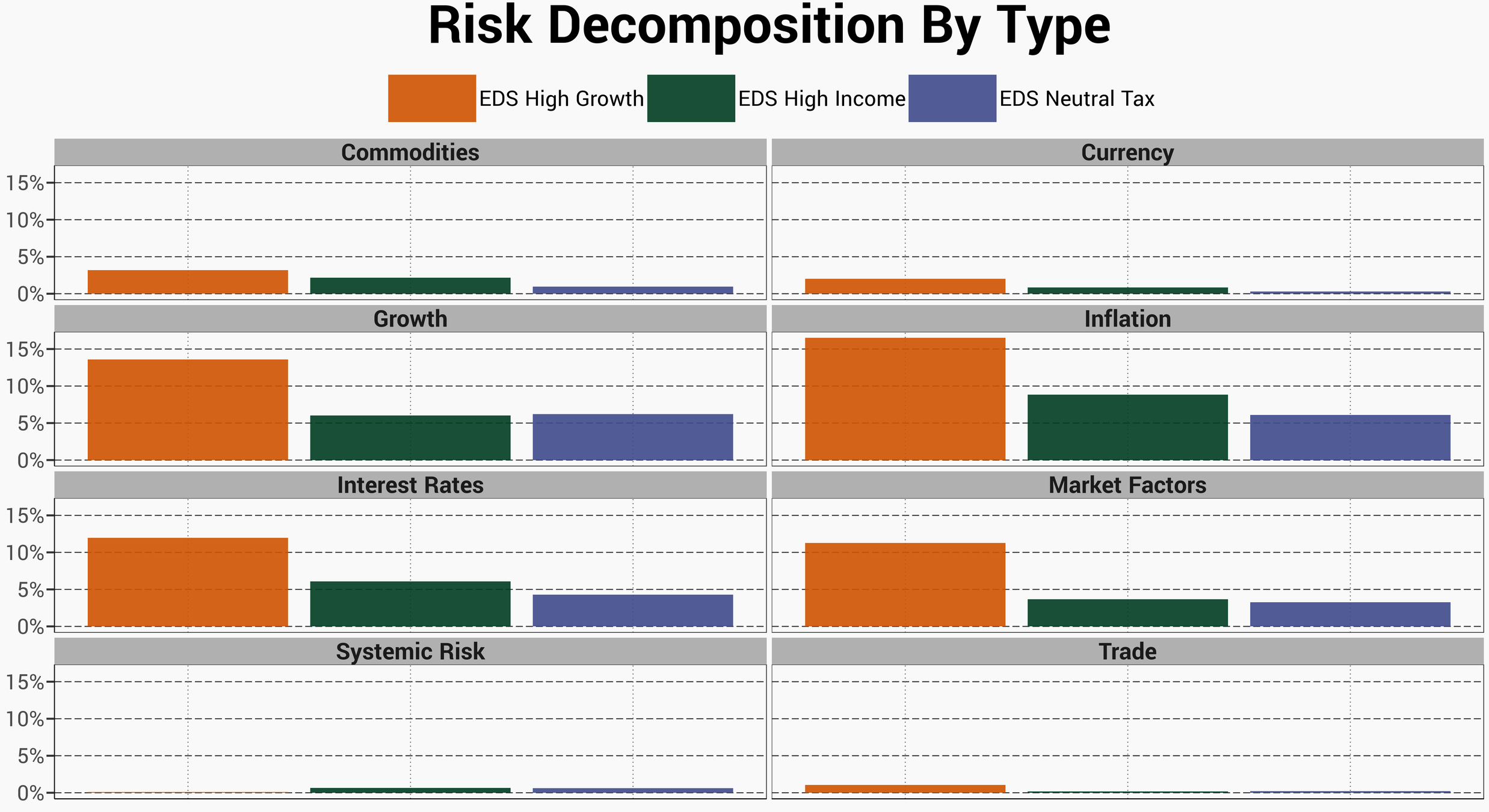
Risks by Geography

©2018 Economic Data Sciences
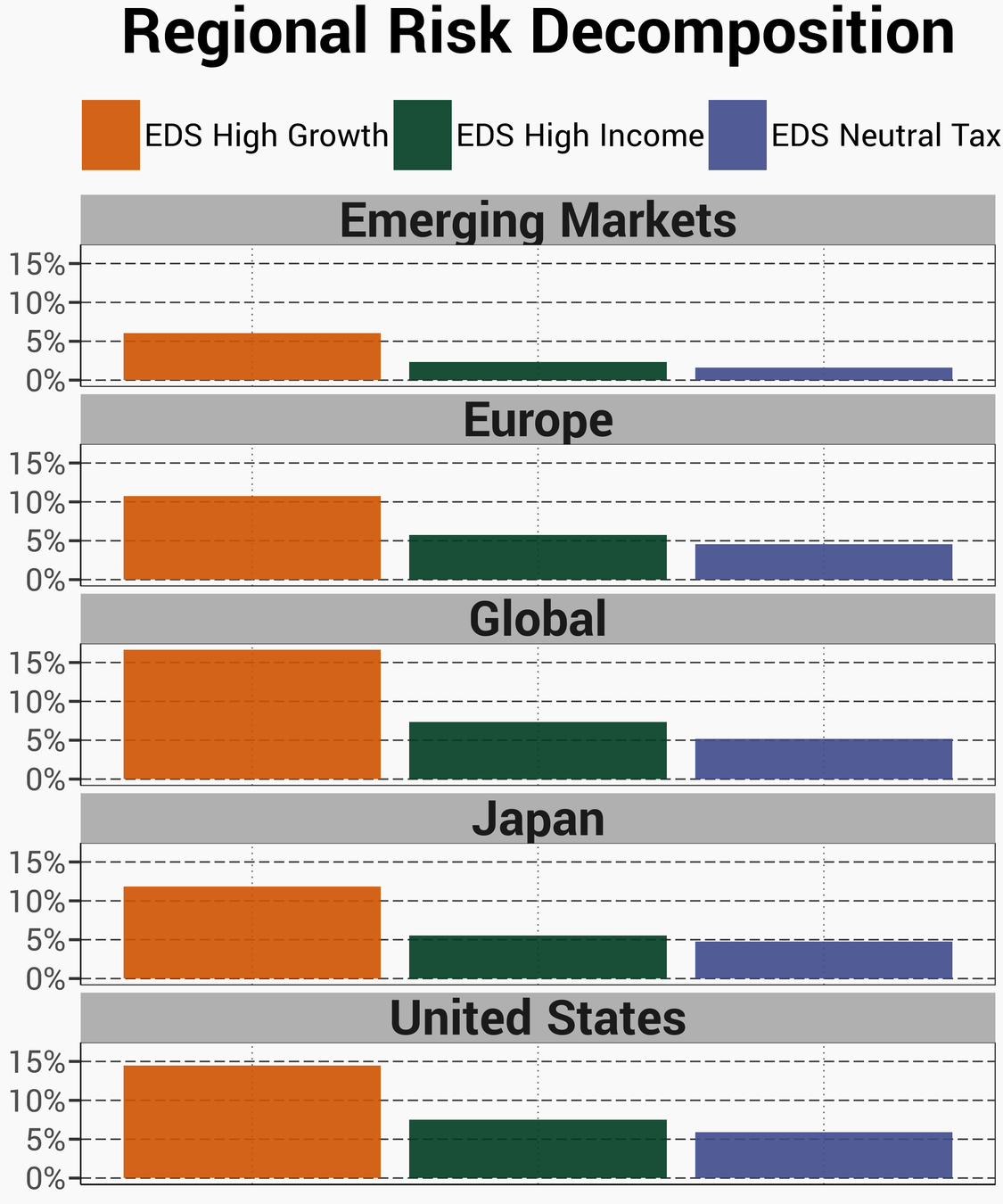
More Detailed Exposure Breakdown

©2018 Economic Data Sciences
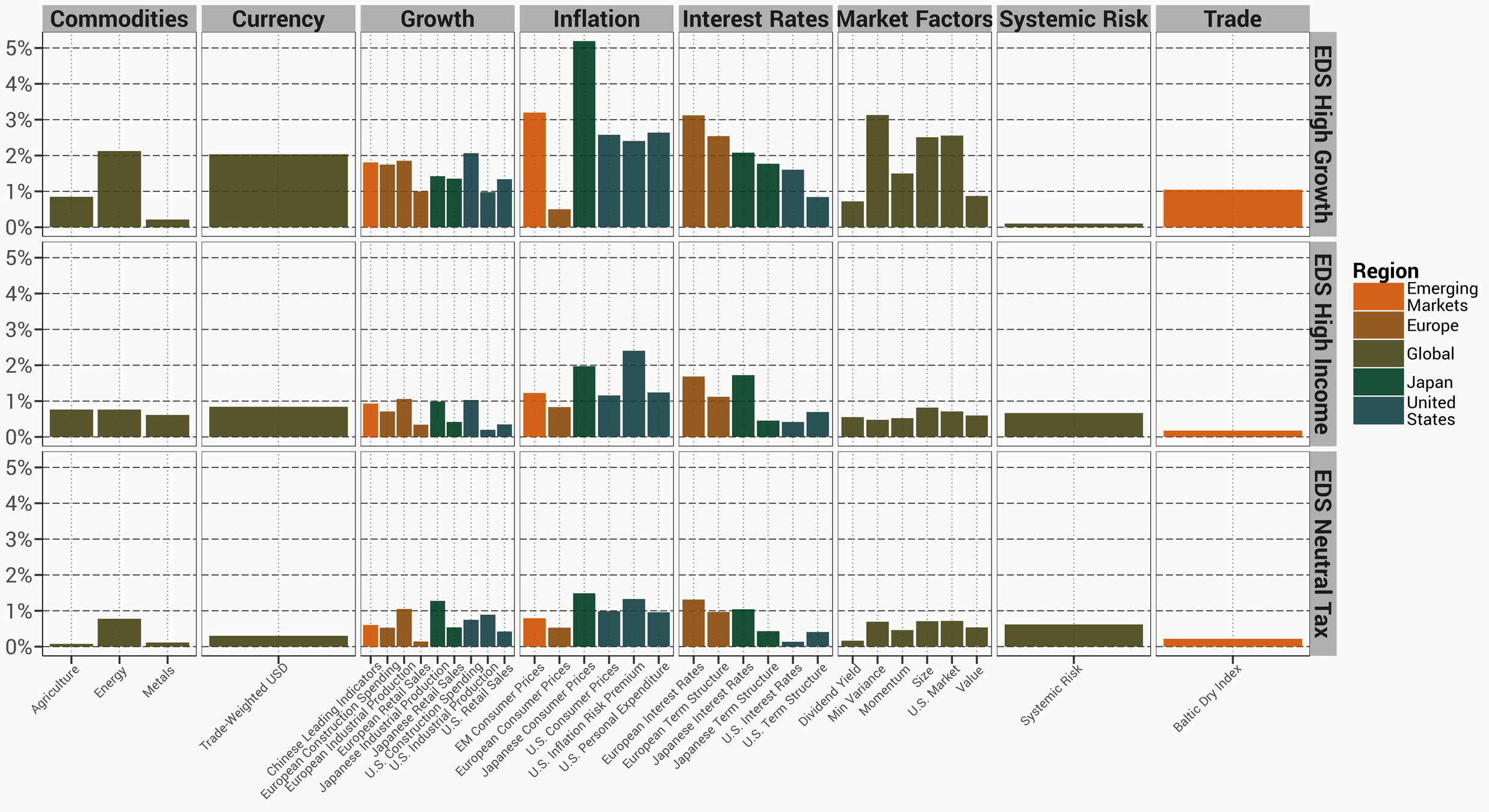
info@EconomicDataSciences.com
